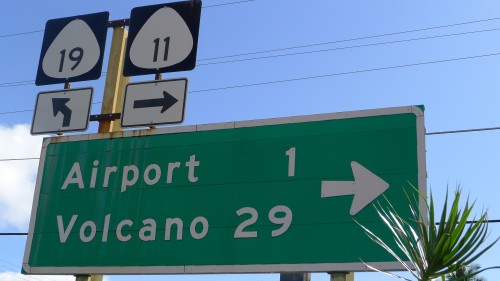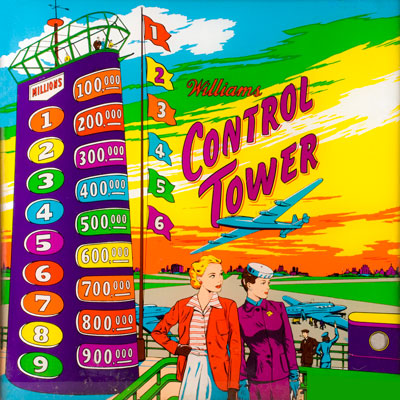Not everyone wants or needs Wi-Fi access on a plane. For those who do, fast and reliable Wi-Fi is a such a priority, some say they’d even forgo access to the lavatory to get it, according to an industry survey.
Honeywell Aerospace, one of the companies that makes equipment for in-flight Wi-Fi service, surveyed 3,000 in-flight Wi-Fi users from London, the United States and Singapore and found that nearly 90 percent (86 percent in the United States; 89 percent in London; and 87 percent in Singapore;) would be willing to give up a physical amenity such as legroom, a reclining seat, preferred seating and even access to the bathroom in exchange for better in-flight connectivity.
The online survey was conducted via email invitation between May 15 and June 10 and polled 2,008 Americans, 508 Londoners and 501 Singaporeans ages 18 and over who used in-flight Wi-Fi in the prior 12 months.
In the survey, 61 percent of Americans (compared with 59 percent in London and 53 percent in Singapore,) said not having Wi-Fi during their entire flight would be worse than having a seat that doesn’t recline. About 76 percent of Americans (and 73 percent in both London and Singapore,) said a slow Wi-Fi connection was more irksome than slow snack and beverage services during a flight.
And, in exchange for the best Wi-Fi service possible, 42 percent of Americans said they’d be happy to forgo the in-flight snacks, 22 percent would give up beverage service and 13 percent (17 percent in London and 22 percent in Singapore) would trade away their lavatory privileges.
“Wi-Fi is becoming an important amenity and one that can’t be brought on-board by consumers as food and drinks can be,” said Jay Sorensen, president of IdeaWorksCompany, a consulting organization, “That might explain why travelers are so eager for it.”
In most cases, the number of travelers who said they’d actually give up an amenity in exchange for a better Wi-Fi signal was sharply lower than those who simply rated fast Wi-Fi as highly desirable. But these results show that “in-flight Wi-Fi is no longer a luxury, but considered a part of what passengers expect in travel comfort.” said Bill Kircos, Honeywell Aerospace vice president of Communications.
But no matter what this vendor-sponsored survey says, for now, “the majority of travelers absolutely will not trade off amenities they consider to be more essential, such as legroom, for Wi-Fi,” said Henry Harteveldt, a travel industry analyst with Hudson Crossing.
A February survey by TripAdvisor of 2,000 travelers underlines his point. While one quarter of respondents said they’d choose one airline over another if it offered in-flight Wi-Fi, the top five biggest complaints about air travel were uncomfortable seats/limited legroom, airline fees and ticket prices, unpredictable flight delays, long security lines and annoyances from loud children and other passengers—not slow Wi-Fi.
“Some passengers will prefer to stay offline while aloft and others consider Wi-Fi to be as essential as the bar cart,” Harteveldt told CNBC by email. “I’m writing you to now from a plane, so I’d certainly put myself in the latter group. But not everyone in my row, or the rows ahead or behind me, is online.”
Still, technology marches on. And while no one has yet devised a way keep babies from crying on airplanes, faster and more reliable in-flight Wi-Fi is on the way.
Kircos said Honeywell Aerospace and its partners are working on a satellite-based system that will provide “a high-speed, consistent and across-ocean wireless connectivity experience.” Other companies, including Row 44, a subsidiary of Global Eagle Entertainment, are working on services they say will do the same. And on Wednesday, Gogo, which currently provides in-flight connectivity to more than 2,000 commercial aircraft and more than 6,500 business aircraft, announced a new hybrid technology that it says will perform at least six times faster than the current service. “Gogo is adding an extra ‘down’ connection from the satellites to its ground-based system. Together, it promises a big bump,” said John Walton, director of data for Routehappy.
The service will be available in the second half of 2014, with Virgin America as the launch partner.
(My story about what passengers might give up in exchange for faster in-flight Wi-Fi first appeared on the CNBC Road Warrior blog.)



